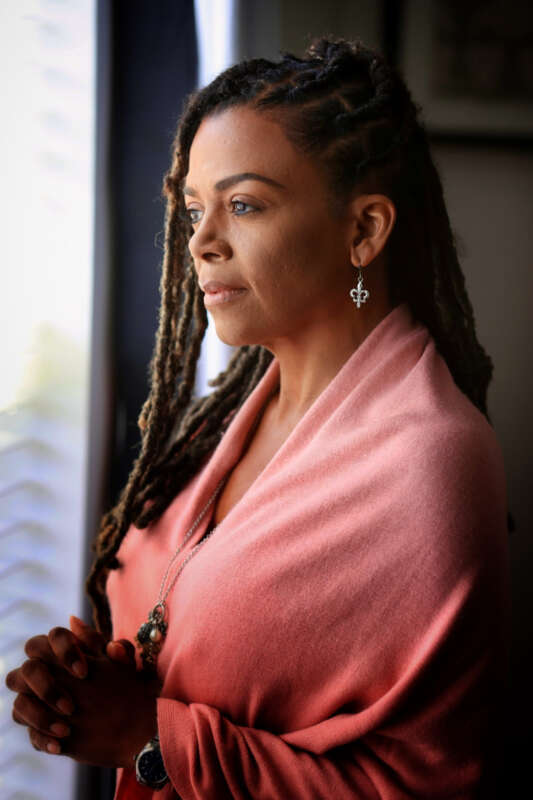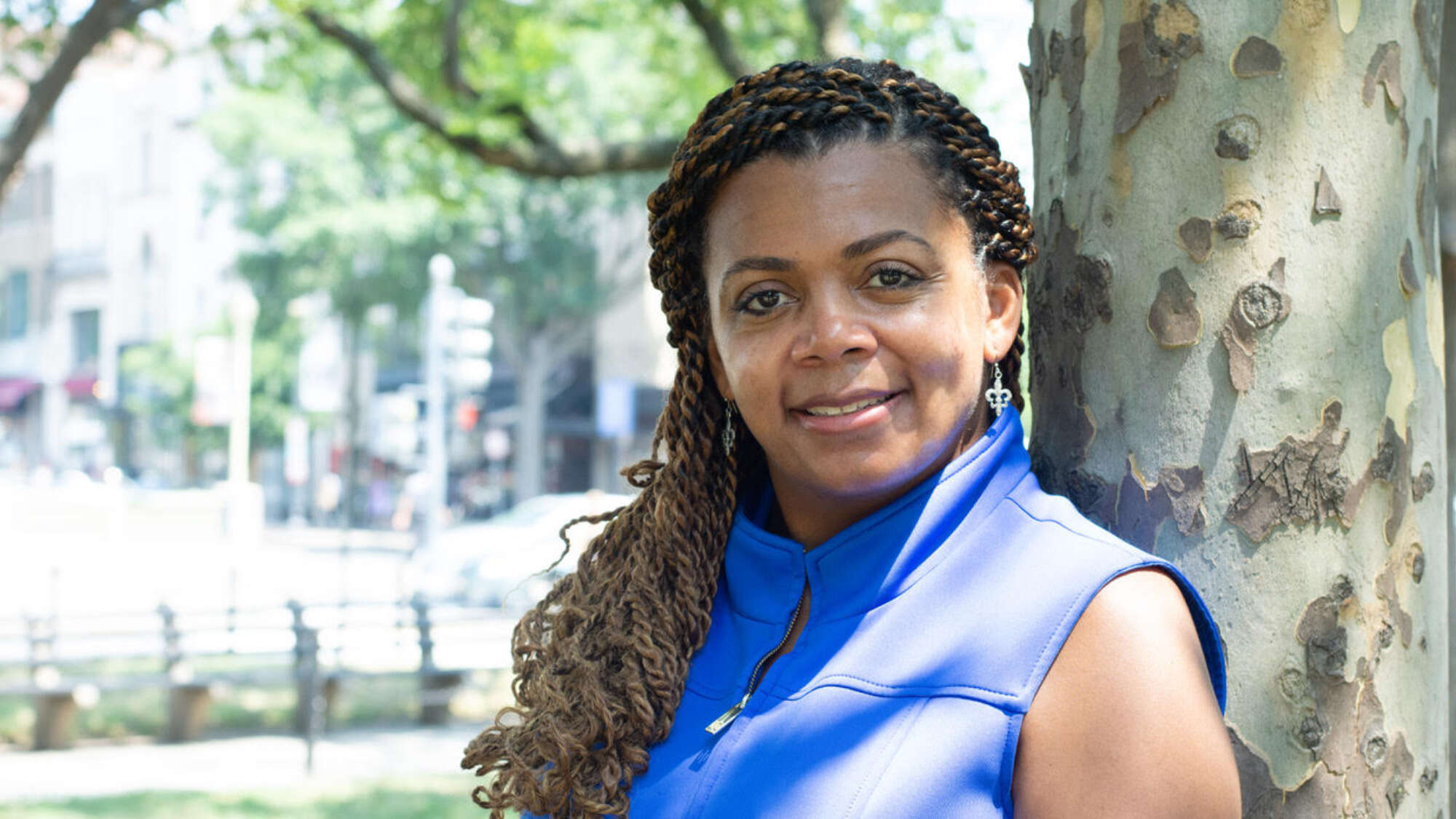Dr. Joia Crear-Perry is a prominent physician, policy expert, and a dedicated advocate for social justice, particularly in the realm of maternal and child health. As the founder and president of the National Birth Equity Collaborative, she has committed her career to addressing the deep-rooted issues of racial inequities in healthcare.

Dr. Crear-Perry’s work challenges systemic racism as a fundamental cause of health disparities, making her a sought-after speaker and trainer featured in various national and international media, including Essence and Ms. magazines.
In recognition of her groundbreaking efforts, Dr. Crear-Perry was honored by USA Today in its “Women of the Century” series and was featured on ABC’s Nightline for her work in elevating the voices of marginalized communities. Her advocacy has reached global platforms, including twice addressing the United Nations Office of the High Commissioner for Human Rights, where she pushed for a human rights approach to maternal mortality.
Dr. Crear-Perry’s extensive experience includes serving as the executive director of the Birthing Project, director of Women’s and Children’s Services at Jefferson Community Healthcare Center, and director of Clinical Services for the City of New Orleans Health Department. She continues to influence health policy and practice as a principal at Health Equity Cypher and holds key positions on several boards, including the Black Mamas Matter Alliance and the University of California, San Francisco Preterm Birth Initiative.
An alumna of Princeton University, Xavier University, and Louisiana State University, where she earned her MD, Dr. Crear-Perry completed her residency in obstetrics and gynecology at Tulane University. Beyond her professional achievements, she is deeply committed to her family. Married to Dr. Andre Perry, they have three children: Jade, Carlos, and Robeson.
We were thrilled that Dr. Crear-Perry took time out of her busy schedule to answer some questions about her inspiration and passions for us.
The Interview
Q: What inspired you to choose a path in obstetrics and gynecology, and who were your early influences in pursuing a career in medicine?
Crear-Perry: “My father is an Ophthalmologist and my mother is a pharmacist so I was raised to be in healthcare. I entered med school to follow in my father’s footsteps. However, I got pregnant in my last year of college and wanted a Black Woman OB/Gyn. They were all booked up for months…the few I could find. So I decided to become what my 21 year old self wanted for herself, an OB/Gyn.”
Q: What were some of the toughest challenges you faced as a woman of color in the medical field, and how did these experiences shape you?
Crear-Perry: “Being both Black and a Woman, combines two identities that a belief in a hierarchy of human value causes patients to ask you to help them wash their feet and nurses fuss at you for not cleaning the patient off even after I would explain that I was studying to be the doctor and not the medical assistant.”
Q: What inspired you to establish the National Birth Equity Collaborative, and what are some of the initiatives you’re most proud of?
Crear-Perry: “After working in government and in non profit post Katrina, I realized there was a need for an entity outside of government that supported Black birthing people.
So many things that I am proud of over the 9 years that our organization has fought for justice and joy for Black Mamas, Babies and their villages. It’s honestly hard to pick a favorite! We created the definition of Birth Equity that is used in textbooks and by large legacy organizations. Along with our Cycle to Respectful Care, Birth Equity Scholars and Transnational work that feeds our Policy and Culture Shift work, about 40 Black and Brown Women and Nonbinary Folks created a culture of mutual respect within the organization and in the world we are building.”
Q: How important is policy change in addressing racial disparities in maternal and infant health, and what specific policies do you think need the most attention?
Crear-Perry: “Because Race is a Social, Political and Spiritual Construct, solutions to Health Inequities by race must address racism, classism, religious fundamentalism and gender oppression. Policy big P, like Medicaid Expansion and policy little p, like Saturday and Sunday office hours, are critical to ending Health Inequities due to Race, Gender and Class.”
Q: How do you ensure that the voices of the communities you serve are heard and valued in your work?
Crear-Perry: “When NBEC does any work in community, we start with ensuring the people who are impacted create the questions and the solutions.”
Q: What is your vision for the future of maternal and infant healthcare, and what steps do you believe are crucial to achieving that vision?
Crear-Perry: “Our Vision is that all Black Mamas, Babies and their Villages thrive. To achieve this vision, we must have truth and trust building and accountability. That requires cultural humility on an individual and institutional level followed by repair of the acknowledged harm. Concrete example is Hospital A does a Birth Equity Assessment, works with the community, policy makers and NBEC to meet the needs of Birthing People outlined in the Assessment that includes increased low income housing built buy the hospital for Pregnant and Parenting Families in their area.”
Q: With such a demanding career, how do you find balance and time for yourself? What are your favorite things to do in your spare time?
Crear-Perry: “Balance is definitely hard. I have gotten pedicures and massages once a month since I was running around doing 30 deliveries a month. I love travel. So I try to go on trips at least once a quarter for fun. I meditate. I eat well. I laugh hard and love hard.”
*All images were obtained from Dr. Joia Crear-Perry
Disclaimer: The views and opinions expressed in this interview are those of the interviewees and do not necessarily reflect the views or positions of Public Health Landscape or Valent BioSciences, LLC.
